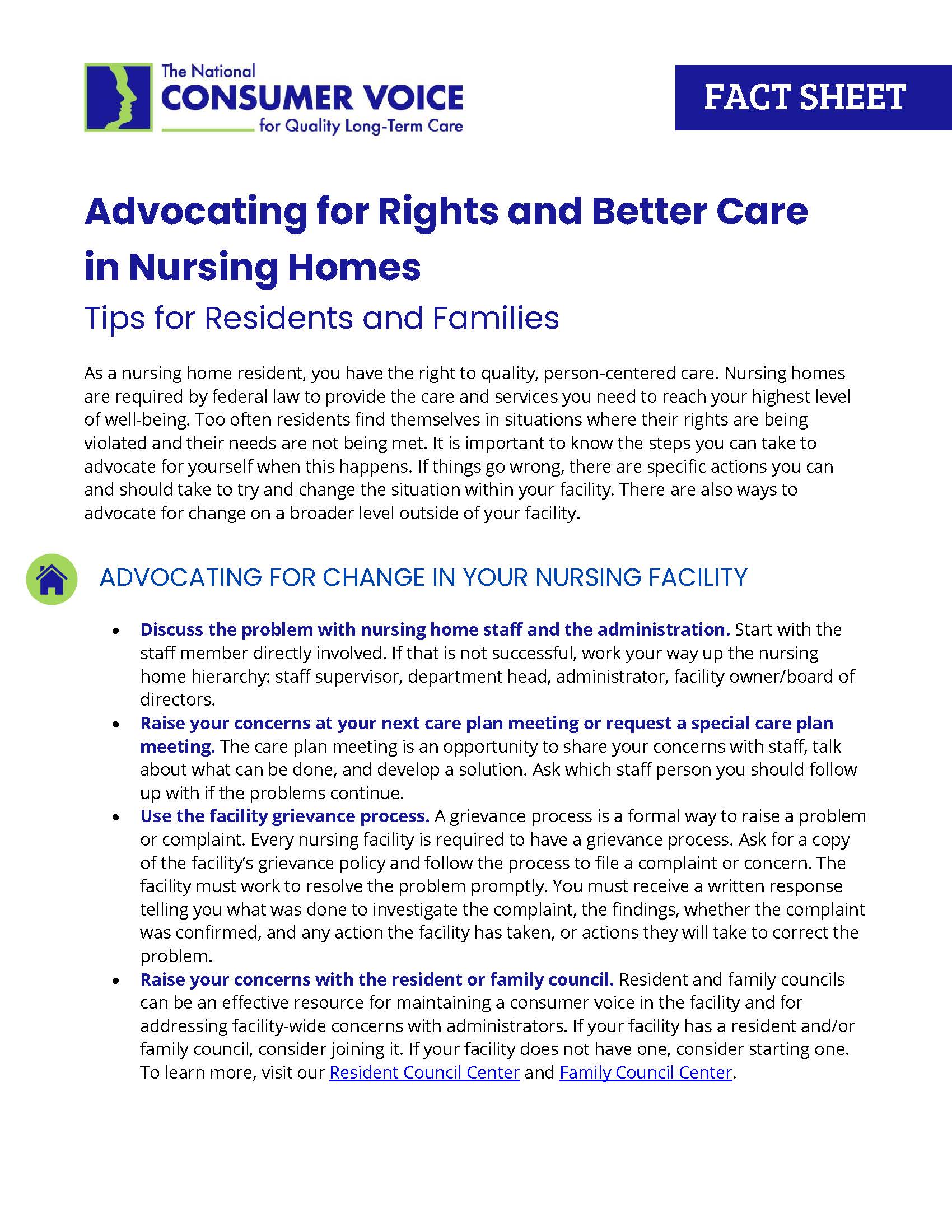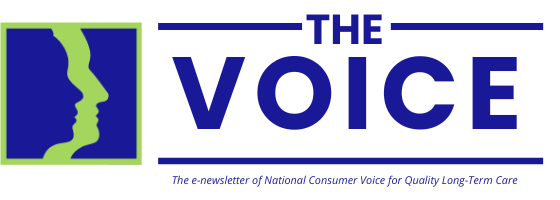|
Visiting Residents in Long-Term Care Facilities During the Holidays

Visits from family members can be an important support for a long-term care resident’s emotional well-being and can help ensure that residents receive quality care. Visits are a valuable time to look for changes in residents’ health and mental status. There are many ways families and long-term care residents can enjoy the holidays together. Read our newly updated fact sheet for what to look for when visiting, tips and activity ideas for visiting your loved one, ways to engage with residents, and examples of potential gifts for residents.
Read the fact sheet.
|
|
Assisted Living Facilities' Extra Fees Drive Profits
A recent story published by KFF Health News, and republished in The New York Times, highlighted how extra fees drive assisted living facilities' profits. Often highly profitable assisted living facilities charge residents a monthly fee of $5,000 or more and then layer on additional fees for services like blood pressure checks, insulin injections, or to order medications from a pharmacy not being used by the facility. Facilities also sometimes charge for extra help for residents like getting residents to the shower, bathroom or dining room or simply reminding residents when it's time to eat or take medication. Consumer Voice Executive Director Lori Smetanka was interviewed for the article noting that, “They say, ‘Your mother forgot one time to take her medications, and so now you’ve got to add this on, and we’re billing you for it.’”
About 850,000 older Americans live in assisted living facilities; there are 31,000 facilities nationwide, twice the number of skilled nursing homes. Four out of five assisted living facilities are run for-profit. At a nursing home, care is generally paid for by Medicaid, but at assisted living facilities, most residents or their families pay the full costs, and a resident who can no longer pay is required to move out. Several class-action lawsuits have accused assisted living chains of insufficient staff to meet residents' needs or failing to provide billed services.
Read the full article.
|
|
Highlighted Resource: Advocating for Rights and Better Care in Nursing Homes
 Consumer Voice's fact sheet, Advocating for Rights and Better Care in Nursing Homes, provides tips for resident and families for advocating for change in their nursing facilities and advocacy strategies for impacting long-term care policy. Nursing home residents have the right to quality, person-centered care. But too often, residents find themselves in situations where their rights are being violated and their needs are not being met. It is important to know the steps to take to advocate for yourself or your loved one when this happens. If things go wrong, there are specific actions you can and should take to try and change the situation within the facility. There are also ways to advocate for change on a broader level outside of the facility. Consumer Voice's fact sheet, Advocating for Rights and Better Care in Nursing Homes, provides tips for resident and families for advocating for change in their nursing facilities and advocacy strategies for impacting long-term care policy. Nursing home residents have the right to quality, person-centered care. But too often, residents find themselves in situations where their rights are being violated and their needs are not being met. It is important to know the steps to take to advocate for yourself or your loved one when this happens. If things go wrong, there are specific actions you can and should take to try and change the situation within the facility. There are also ways to advocate for change on a broader level outside of the facility.
|
